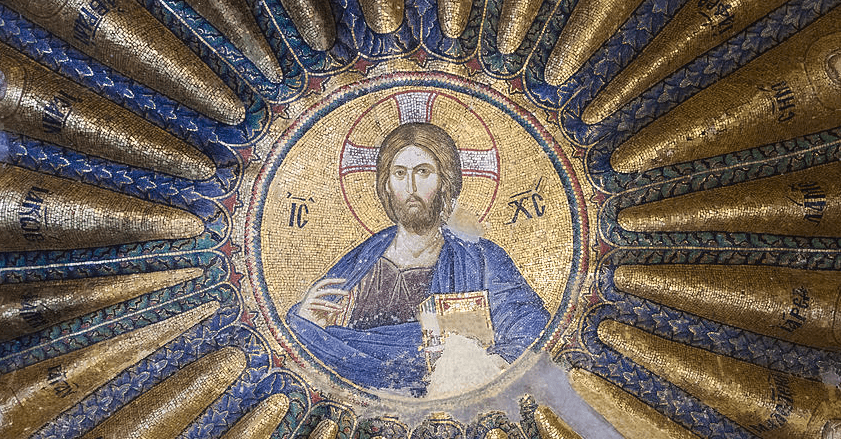Bruno Bracco holds both a Master's and Ph.D. in Law from the University of São Paulo, Brazil, focusing on the intersections between law, religion, and psychology. His academic research has resulted in three published books and numerous articles. Having lived in cities such as Melbourne and Montreal, Bruno currently works as a public defender in São Paulo, where he resides with his wife and daughter. Alongside his professional work, Bruno satisfies his lifelong passion for the study of symbolism and comparative religion by delivering guest lectures and authoring articles. He is also a professor in the Postgraduate Program at the School of the Public Defender's Office of the State of São Paulo

